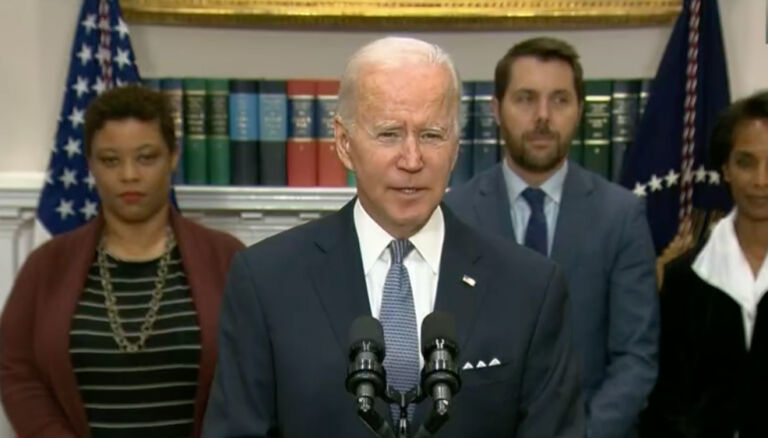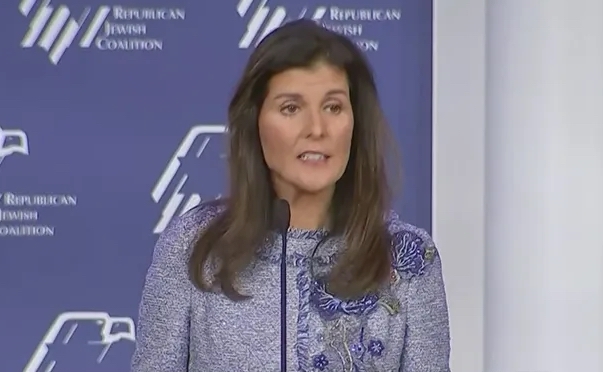This weekly newsletter, focused on environmental issues, highlights relevant analysis done by the John Locke Foundation and other think tanks, as well as items in the news.
1. Obama’s first stimulus spent over $5 million per green job "created"
Using some numbers reported in the Washington Post, Steve Milloy at Junk Science.com calculated that the Department of Energy doled out over $5 million for each "green job" that has been generated as part of the 2009 "stimulus" package. That comes from $18.1 billion spent for 3,454 jobs. These are absurd numbers.
The real question, however, is not over the jobs generated, but over what else would have been done with that $18.1 billion had it remained in the private sector. What has been shown in other parts of the world is that these government green-jobs programs are, on net, job destroyers. In Spain, for example, it has been calculated that for each job generated by spending on the green economy, 2.2 jobs are lost elsewhere.
The fact is that the government can "create" jobs anywhere it decides to spend money. Since that money has to be transferred from the private sector, however, it is at the same time destroying wealth and employment opportunities in the real entrepreneurial sector of the economy.
2. Extreme weather killing fewer and fewer people
According to a study by Dr. Indur Goklany for the Reason Foundation, the number of deaths per 1 million in population was at its lowest in a hundred years between 2000 and 2010. Furthermore, that number has been declining steadily since the 1920s. Quoting from Reason’s press release:
[The study] finds global deaths caused by extreme weather events peaked in the decade running from 1920 to 1929, when there were 241 deaths a year per million people in the world. From 1930 to 1939 there were 208 deaths a year per million people. But from 2000 to 2010 there were just 5.4 deaths a year per million people in the world. That’s a 98 percent decline in the weather-related death rate since the 1920s. Extreme weather events were responsible for just .07% of the world’s deaths between 2000 and 2010.
The extreme weather categories studied in the Reason Foundation report include droughts, floods, wildfires, storms (hurricanes, cyclones, tornadoes, typhoons, etc.) and extreme temperatures, both hot and cold.
3. Donald Trump vs. wind turbines in Scotland
From The Guardian (U.K.):
The billionaire businessman Donald Trump has written to Scotland’s first minister for a second time, objecting to plans to build an offshore windfarm near his luxury golf resort. In the letter to Alex Salmond, the US tycoon described the wind turbines — to be located just over one mile from his golf course — as "big" and "ugly"… He wrote to the first minister at the beginning of September, saying the turbines were "disastrous and environmentally irresponsible", and left an "ugly cloud hanging over the future of the great Scottish coastline".
Typically my view would be to hope that Scotland’s minister would tell Trump to take a hike. Building a resort along the seashore does not give him a right to control what’s built off the seashore. But the fact is that none of these wind farms would ever get built without massive amounts of government revenue transfers from generators of real wealth like Trump to the rent seekers in the wind energy industry. It is not wind energy vs. Trump but government subsidies vs. Trump. So all I can say is "Go, Donald; give ’em hell!"
4. Weekly Ozone Report
Each week during the summer ozone season this newsletter will report how many, if any, high-ozone days had been experienced throughout the state during the previous week, where they were experienced, and how many have been recorded during the entire season to date. While many environmental groups express concern about air quality, the John Locke Foundation is the only organization that keeps up-to-date track of the actual ozone data and reports it in an unfiltered manner on a regular basis.
The ozone season began on April 1 and ends October 31. All reported data are from the North Carolina Division of Air Quality, which is part of the state’s Department of Environment and Natural Resources.
During the periodfrom September 19 through September 25 there were no reported high-ozone readings on monitors across the state of North Carolina. So far this season there have been 99 readings on various North Carolina monitors that have exceeded federal standards of 0.75 parts per billion. These have occurred over a period of 26 days.
Click here for the Environmental Update archive.


